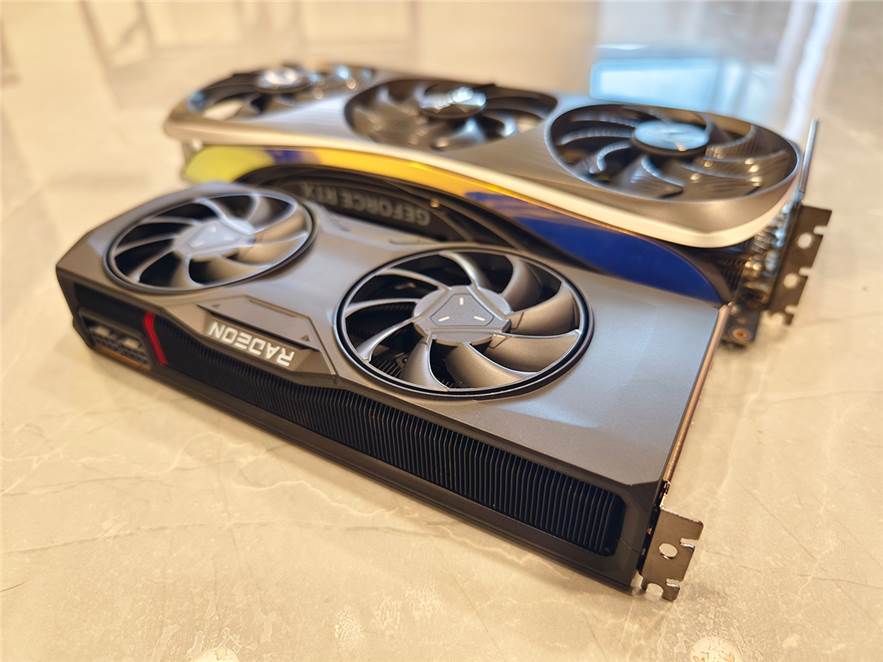Well, brace yourselves, boys and girls, for the momentous revelation from AMD has descended upon us like a thunderous tempest in the silicon savannah. The RX 7800XT, a veritable virtuoso of graphical prowess, emerges as the latest contender in the ceaseless duel of 1440p supremacy. In this grand spectacle, AMD strategically positions its latest card offerings, wielding price points with the finesse of a maestro's baton, directly challenging the indomitable Nvidia RTX4070 and 4060 offerings, even undercutting them by quite a margin. The above image is a size comparison with the Zotac GeForce RTX 4080 and is just for representational purposes.

.jpg&w=35&h=35&c=1)







